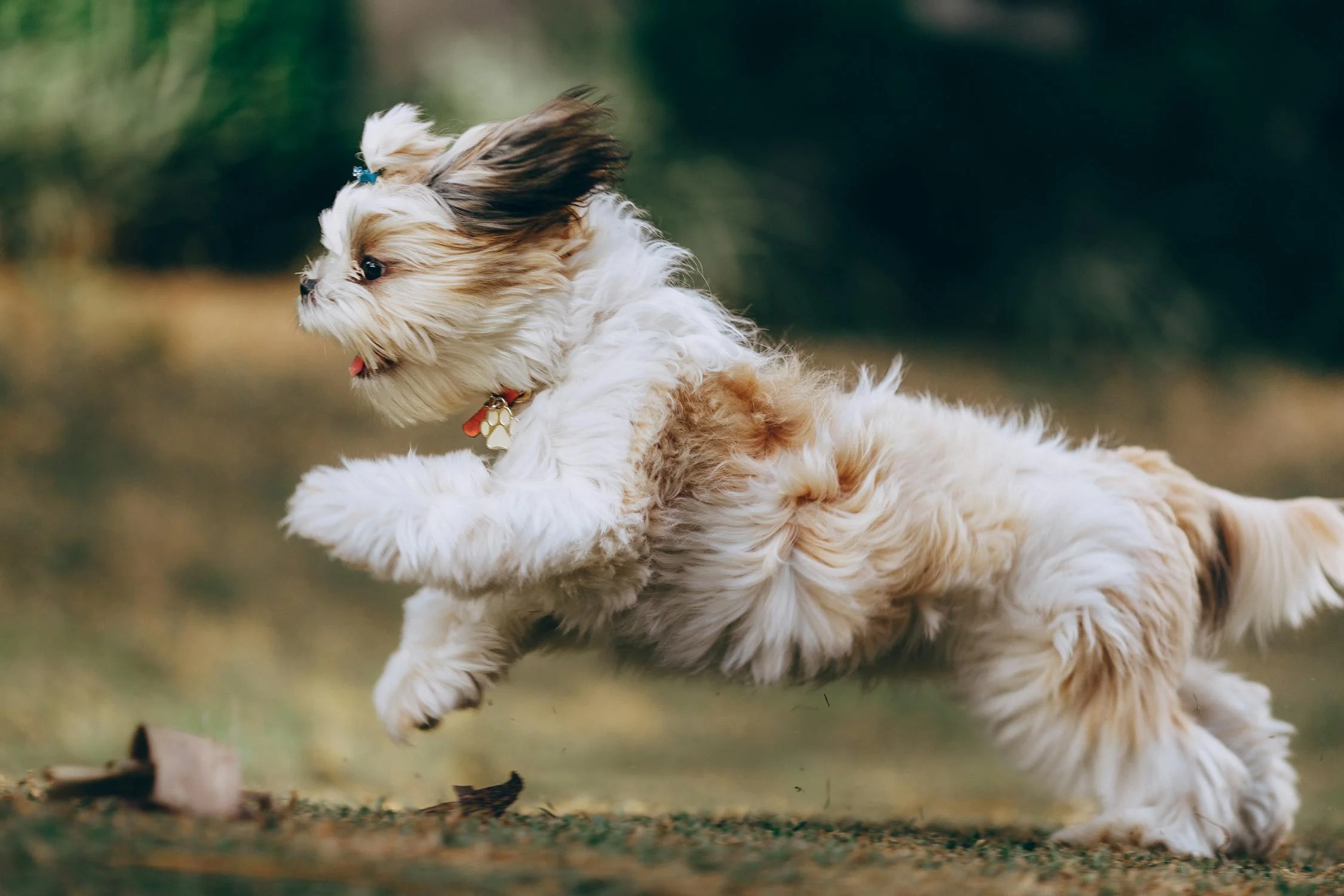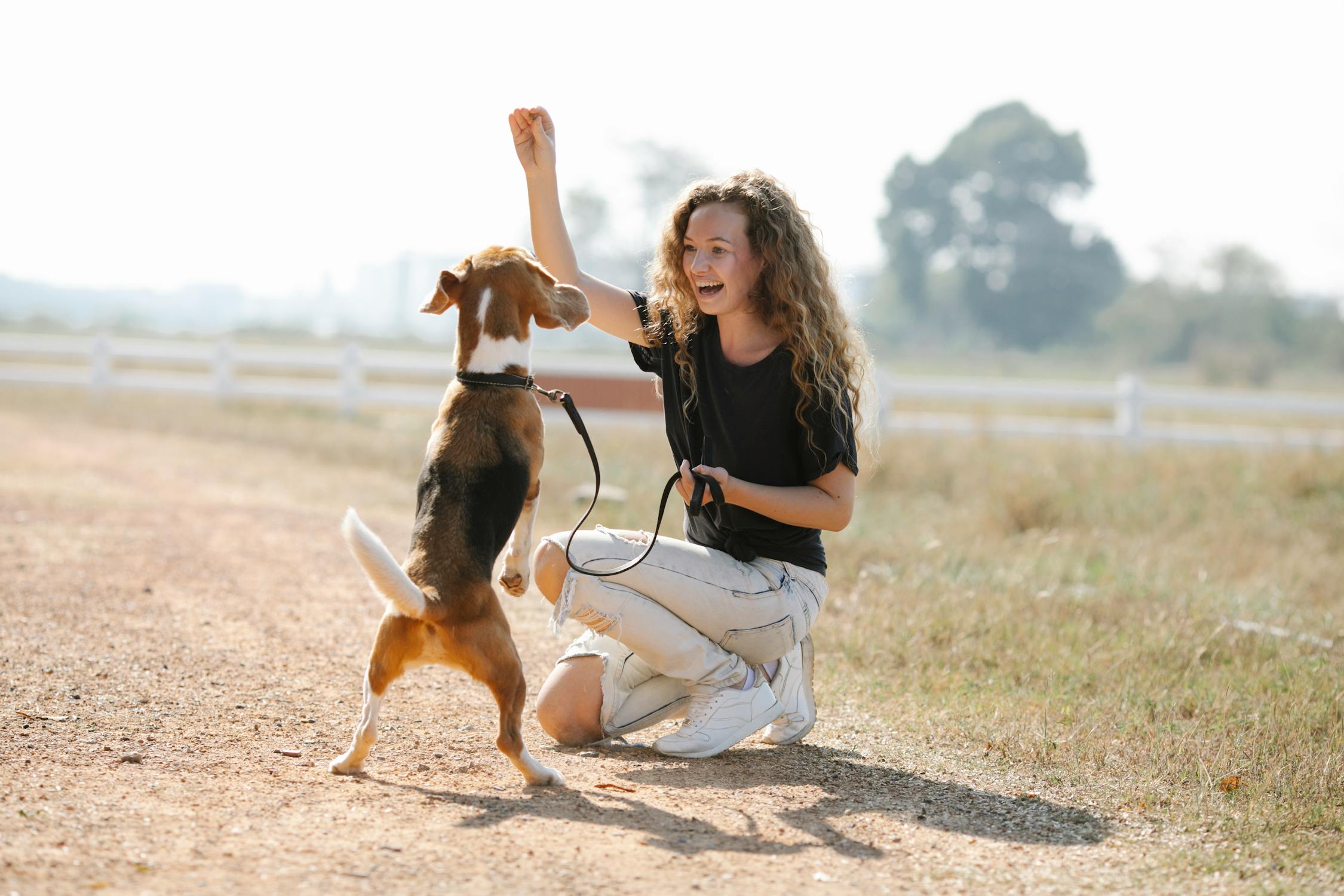-
Dogs & Puppies
-
Cats & Kittens
-
Other Pets
-
Shelters & Rescues
-
Guides & Resources

Owning a dog is a rewarding experience, but it comes with its own set of challenges. One of these challenges can be managing and correcting bad habits your furry friend may develop. From barking excessively to chewing on furniture, bad habits can be frustrating for both you and your dog. Here are six effective ways to help your dog break free from those pesky behaviors and develop more positive habits.

Consistency is crucial when addressing any behavioral issue. Establish a clear set of rules and stick to them. If you allow your dog to jump on the couch one day and scold them for it the next, it will only confuse them. Make sure everyone in your household follows the same guidelines and uses the same commands. This consistency helps your dog understand what is expected and reinforces the desired behavior.
Positive reinforcement involves rewarding your dog for good behavior rather than punishing them for bad behavior. When your dog exhibits a behavior you want to encourage, such as sitting calmly or not chewing on furniture, offer a treat, praise, or a favorite toy as a reward. This method helps your dog associate good behavior with positive outcomes, making them more likely to repeat it.

Dogs often engage in negative behaviors out of boredom or anxiety. If your dog is chewing on your shoes or digging up the garden, redirect their attention to a more appropriate activity. Provide them with chew toys, puzzle games, or interactive toys that keep them mentally and physically stimulated. When they start to engage in the inappropriate behavior, gently guide them towards the toy and praise them when they start playing with it.
Dogs thrive on routine. Establishing a consistent daily schedule for feeding, walks, and playtime helps your dog feel secure and reduces anxiety, which can contribute to bad habits. Regular exercise and mental stimulation can also prevent boredom-related behaviors. A well-exercised dog is less likely to engage in destructive behaviors due to excess energy.

Invest time in training and socializing your dog. Basic obedience training can address many common issues, such as barking or jumping. Enroll in a training class or work with a professional dog trainer if needed. Socialization is equally important, as it helps your dog become accustomed to different people, environments, and situations, reducing fear-based behaviors.

If your dog’s bad habits persist despite your best efforts, it may be time to seek professional help. A veterinarian or a certified animal behaviorist can provide valuable insights and guidance tailored to your dog’s specific needs. They can help identify underlying issues and develop a customized plan to address them effectively.

In conclusion, helping your dog get rid of bad habits requires patience, consistency, and positive reinforcement. By implementing these strategies, you can create a harmonious environment for both you and your furry friend. Remember, every dog is unique, so be prepared to adjust your approach as needed and celebrate the progress along the way.